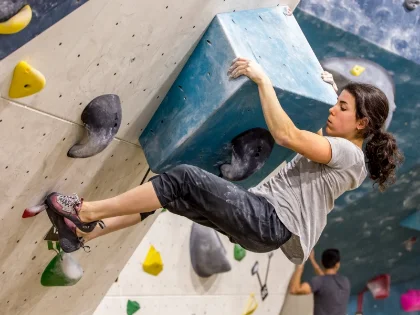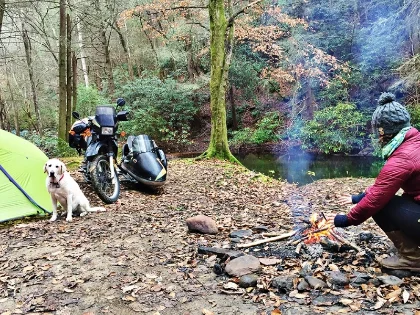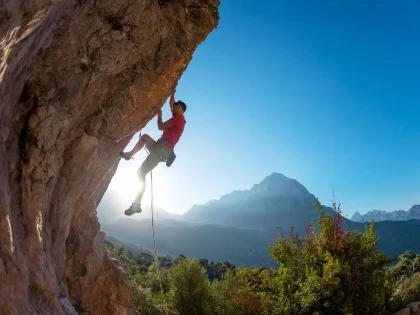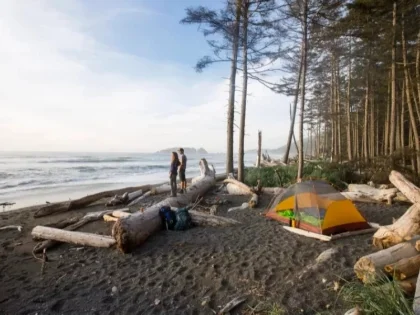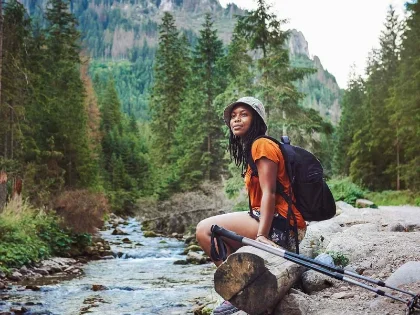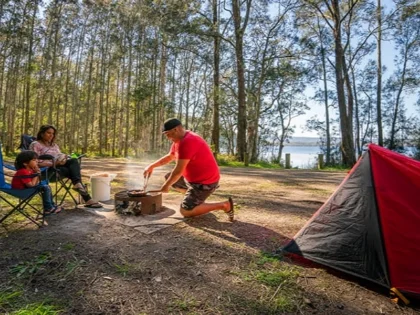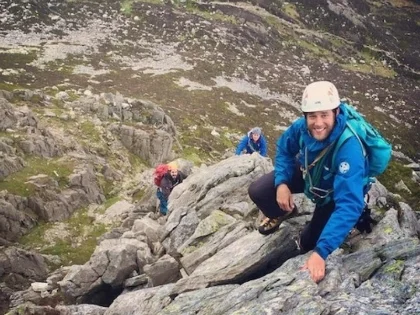The Distinction Between Alpine and Downhill Skiing
Going downhill requires speed. Skiers use specialized equipment, such as shin and head protection, to race down the slope as quickly as their skis will allow.
The five events in the sport are giant slalom, downhill slalom, super-G, and a combined race that combines two slalom runs with one downhill run. Every event encompasses other disciplines as well.
Quickness
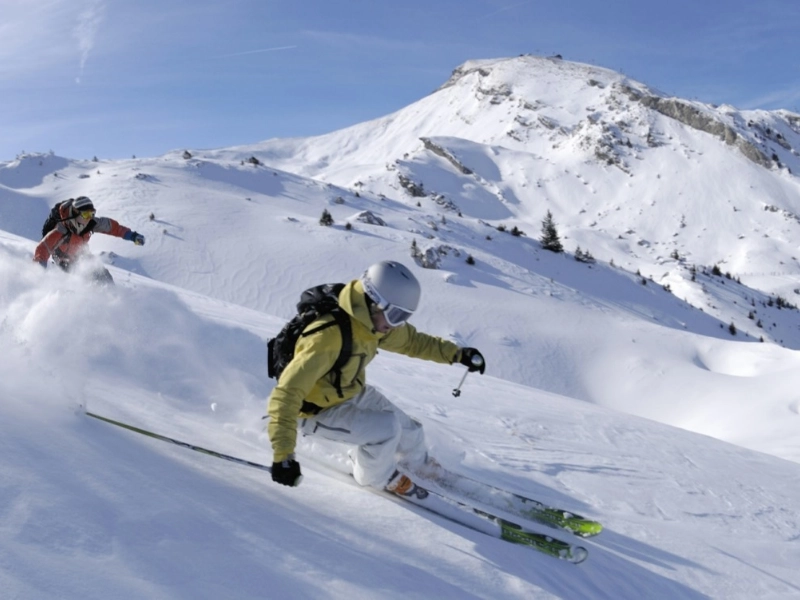
The emphasis on speed distinguishes alpine skiing from downhill skiing. Athletes can attain speeds of 145 km/h in downhill races, which are pure speed competitions. This is comparable to an NHL slap shot. Before the race, skiers are given multiple practice runs to figure out their best racing route and stay in the most aerodynamic position possible on their designed skis.
More technical in nature, slalom events emphasize precision skiing through narrow courses with close-spaced gates. You could lose valuable time by missing a gate, and you might even be eliminated from the competition. There are more twists on the longer, meandering big slalom course, but the gates are farther apart.
All five Olympic alpine skiing events—downhill, slalom, giant slalom, super-G, and combined—are collectively referred to as alpine. Competitors usually focus on one discipline and participate in the GS, super-G, downhill, or slalom at least once a season. Some even compete in the more difficult combined event, which adds the time from each run to determine who is the best all-around player.
Skiing Methodology
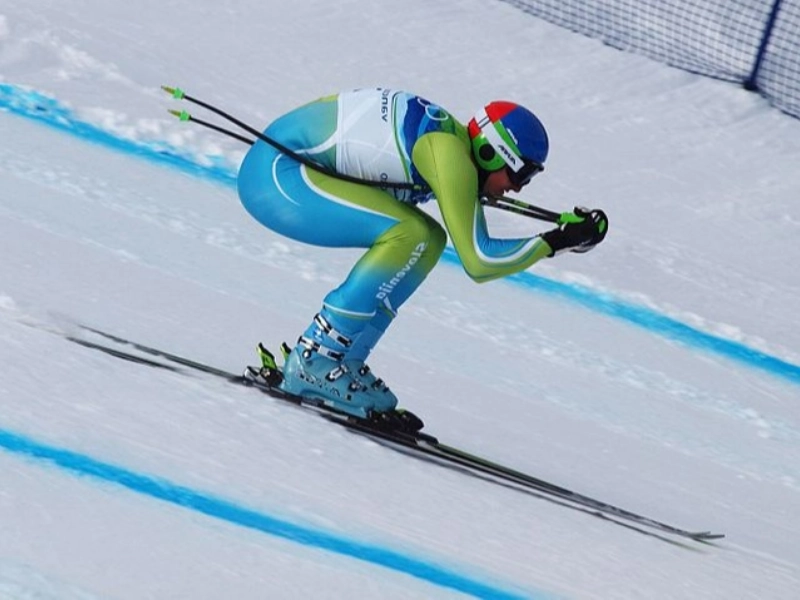
When a skier spins down a high mountain incline, they need to be able to adjust their body weight and angle in order to counteract the centrifugal forces at play. A skier with good technique will flow smoothly from one turn to the next, with the outside ski going down the hill in its natural direction and the inside ski angling away from the slope.
You have to practice a lot to be able to turn so fast and so controlled. That's the reason why, although downhill skiing requires very little physical fitness, it has such a steep learning curve.
Alpine skiers have the option of focusing on technical or speed events. However, multi-discipline competitors who possess all-around skills are the best alpine skiers. The most popular events are giant slalom, slalom, and the comic-sounding super-G, in addition to downhill racing. Skiers also compete in a combined event where the times of both runs are mixed together to test the strength and endurance of downhill skiing against the accuracy of slalom skiing.
Security
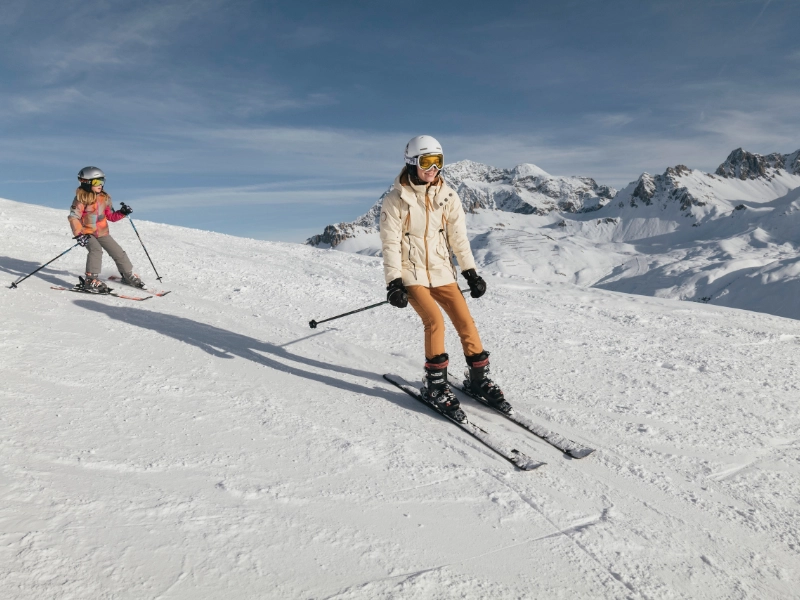
Downhill skiing is a skill- and speed-combining activity, in contrast to cross-country skiing. This exhilarating activity attracts people who like the rush of racing at high speeds on a snowy mountain, but it's not for everyone.
Alpine ski events offered to Olympic participants include combined giant slalom, super-G, downhill, and slalom, in addition to an additional event that combines two of those disciplines. While some skiers are all-arounders and will compete in each of the six events, most skiers concentrate on just one.
To meet a variety of purposes, skiing is also available in other forms, such as telemarking and Alpine touring. For the former, an additional binding is needed, one that secures the entire boot—rather than just the toe—to the ski. This frees you from using a ski lift to explore the backcountry. It does, however, call for greater strength and endurance than conventional alpine skiing. The latter calls for a binding that is comparable but with a releaseable cuff.
Tools
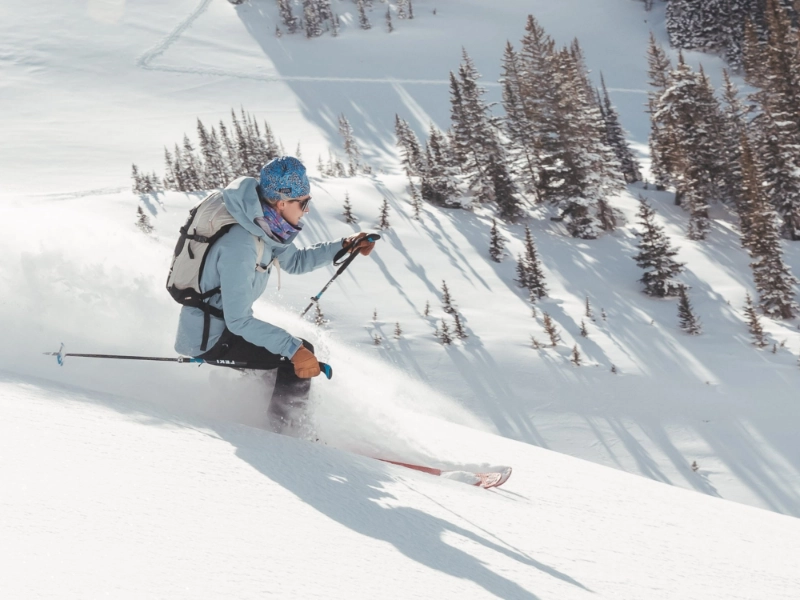
The gear needed for cross-country skiing and standard backcountry ski tours differs from that of alpine skiing, also known as downhill skiing. Specialized bindings are needed for alpine skiing, which allow you to climb upwards without locking your heels in place and lock them in place for runs downhill.
The most difficult of the alpine competitions is slalom, where competitors must make exact turns to get through short courses with near-spaced gates. Failure to pass through any gate will result in disqualification. While super-G combines the finesse of slalom with the speed of a downhill course, giant slalom is longer and features more gates.
While many alpine racers compete in all six Olympic disciplines, some focus just on one event. That explains why, by the conclusion of the games, so many participants will appear exhausted. With gold in the giant slalom and slalom events as well as a bronze in the downhill, Mikaela Shiffrin is currently the best American alpine skier in the world.
